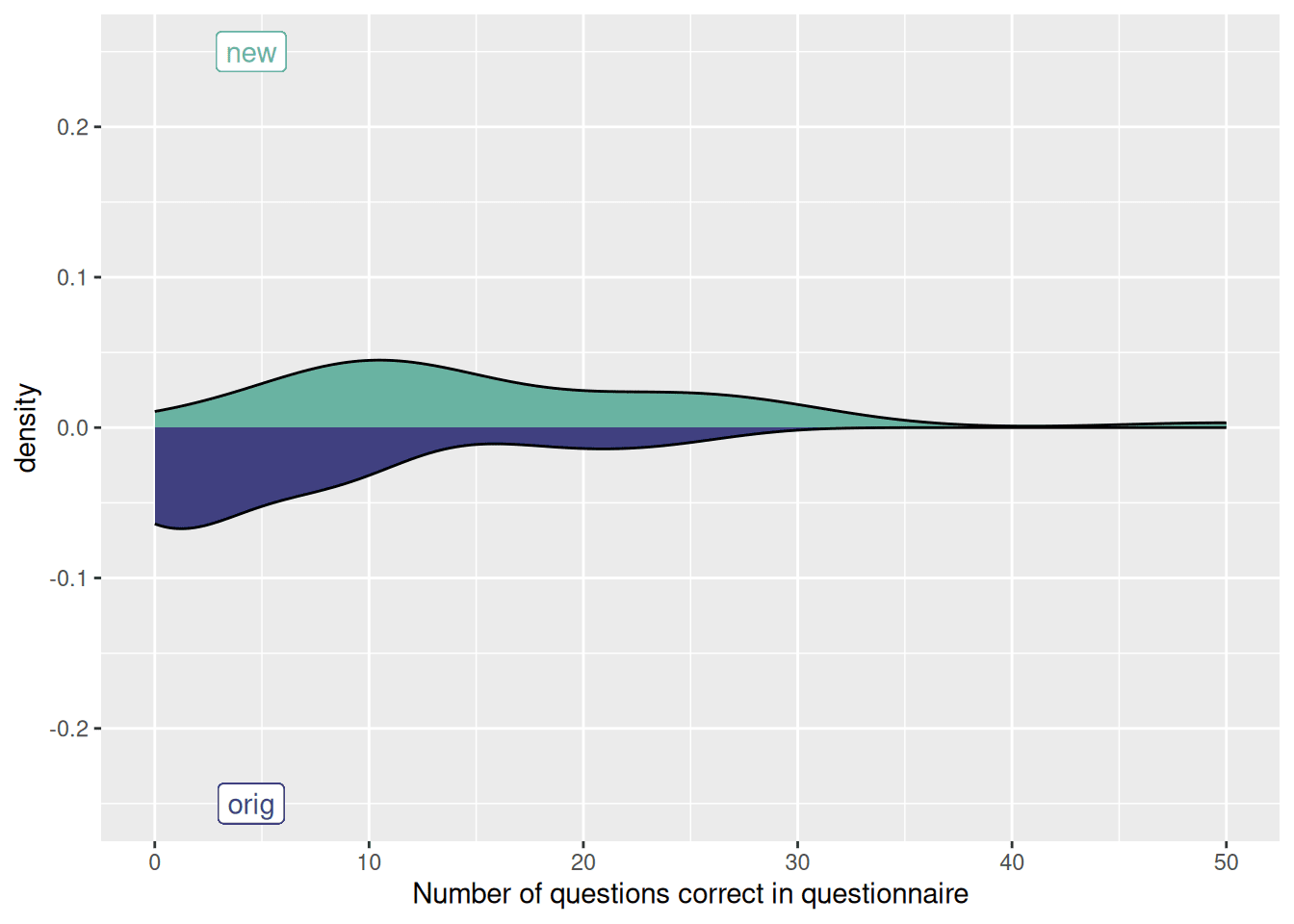
In the digital age, data is often collected from multiple sources, leading to variability in formats, standards, and quality. Data harmonisation addresses these issues by transforming disparate data into a cohesive dataset, enabling better analysis, insights, and decision-making. It is essential for organisations looking to leverage their data assets across diverse systems and platforms.
Data harmonisation involves several key steps: preparing, transforming, and validating data. Additionally, it’s built on a foundation of best practices that ensure the integrity, accuracy, and usability of the harmonised data. This guide will walk you through these steps and provide insights into the techniques that make data harmonisation successful.
Before embarking on the data harmonisation journey, it’s essential to grasp its significance and the challenges it aims to solve:
Definition and Scope: Data harmonisation is the process of bringing together data from different sources, aligning on common standards to ensure they are comparable and usable in analysis.
Importance: It enhances data quality, facilitates interoperability, and supports comprehensive analytics, thereby driving informed decisions.
Challenges: Inconsistencies in data formats, structures, and semantics across sources pose significant hurdles in data harmonisation.
Enhanced Data Quality: Achieve cleaner, more consistent, and reliable data. Data harmonisation significantly improves the cleanliness, consistency, and reliability of data. By standardising data formats, units of measurement, and other variables, organisations can reduce errors and discrepancies that often arise from using data collected from various sources. This leads to a higher quality of data that is more dependable for analysis purposes.
Better Decision Making: Unified data provides a more comprehensive view of the information, enabling organisations to conduct thorough analyses and gain deeper insights. This holistic perspective is critical for identifying trends, making predictions, and uncovering hidden patterns that would be difficult to discern using fragmented or siloed data.
Increased Efficiency: Data harmonisation saves significant time and resources by reducing the need for manual data adjustments and corrections. When data from various sources is already aligned and standardised, less effort is required to prepare it for analysis, leading to faster insights and actions.
Consistency Across Sources: One of the key benefits of data harmonisation is the ability to ensure consistency across different data sources. This consistency is crucial for comparative analysis, trend identification, and the accurate merging of datasets.
The initial phase involves a thorough examination of the existing data landscape within the organisation. This step is foundational, as it sets the stage for the entire harmonisation process.
Objective: To gain a comprehensive understanding of the current state of data, including its sources, quality, and how it aligns with organisational needs.
This step involves setting up the rules and infrastructure needed to harmonise the data effectively.
Objective: To design a standardised framework that will guide the transformation and integration of disparate data sources.
Data mapping is a critical step in aligning the various data elements from different sources to a common model.
Objective: To map and align different data schemas and values to a unified model, ensuring consistency and accuracy.
This phase is where the actual conversion of data to the harmonised format takes place.
Objective: To transform and integrate data from its original state into the harmonised, standardised format.
Ensuring the integrity and quality of the harmonised data is crucial for its reliability and usefulness.
Objective: To verify that the harmonised data meets quality standards and organisational requirements.
Ongoing efforts are required to maintain the quality and relevance of the harmonised data over time.
Objective: To ensure the harmonised data remains accurate, relevant, and aligned with organisational needs.
Data harmonisation is a multifaceted process that requires the application of various techniques and methods to effectively integrate and standardise data from diverse sources. Below, we explore each of these techniques in more detail, highlighting how they contribute to the harmonisation process:
ETL (Extract, Transform, Load): ETL is one of the foundational techniques used in data harmonisation. It involves three key stages:
ETL processes are critical for ensuring that data from disparate sources can be unified into a coherent dataset that is ready for analysis.
Master Data Management (MDM): MDM focuses on creating a single, unified source of truth for all critical data within an organisation. This technique involves:
MDM enables organisations to maintain consistency across different business units and systems, facilitating more accurate and reliable data analysis.
Use of Middleware: Middleware acts as a bridge between disparate applications, databases, and systems within an organisation, enabling them to communicate and share data without direct modifications to the source data. This approach allows for:
Middleware solutions offer a flexible approach to data harmonisation, allowing organisations to leverage existing systems without significant rework.
Automated Data Cleansing Tools: Automated data cleansing tools are software solutions designed to identify and correct errors in data automatically. These tools can:
Automated cleansing tools significantly reduce the time and effort required to prepare data for harmonisation.
Metadata Management: Utilising metadata to understand data attributes and relationships, facilitating easier mapping and transformation.Metadata management involves organising and understanding data attributes and relationships through metadata. This process helps in:
Effective metadata management is crucial for simplifying the data harmonisation process and ensuring data is accurately mapped and transformed.
Data Matching and Deduplication: This technique involves identifying duplicate records across different datasets and merging or linking them to maintain data integrity. It helps in:
Data matching and deduplication are essential for preventing redundancies and inconsistencies in the harmonised data.
Schema Mapping Tools: Schema mapping tools assist in aligning different data models to a unified schema, a process critical for integrating data from various sources. These tools:
Schema mapping tools are vital for organisations dealing with complex data environments, enabling them to efficiently map and transform data according to a unified schema.

Clear Governance: Establishing clear data governance policies and assigning specific responsibilities ensures that there is accountability and a structured approach to managing data throughout its lifecycle. This includes defining who is responsible for data accuracy, how data is to be used, and the processes for data access and sharing.
Focus on Data Quality: Implementing rigorous data quality checks at every stage of the harmonisation process helps to identify and rectify errors early. This encompasses validating data accuracy, completeness, consistency, and reliability before and after the harmonisation.
Leverage Automation: Automating repetitive tasks such as data cleansing, matching, and transformation can significantly increase efficiency and reduce the risk of human error. Utilising ETL tools, automated data cleansing software, and AI-driven data integration solutions can streamline the harmonisation process.
Ensure Scalability: Designing a data harmonisation framework that can easily accommodate new data sources and scale with growing data volumes is crucial. This involves choosing flexible technologies and architectures that can handle increased loads and complexity without significant rework.
Promote Interoperability: Adopting widely accepted standards, formats, and protocols for data ensures that information can be easily shared and understood both within the organisation and with external partners. This is particularly important in industries where data sharing is common, such as healthcare, finance, and supply chain.
Maintain Data Security and Privacy: Implementing robust security measures and ensuring compliance with data protection regulations such as GDPR, HIPAA, or CCPA throughout the data harmonisation process is essential. This includes securing data storage and transmission, managing access controls, and anonymising sensitive information.
Continuous Monitoring and Improvement: Regularly reviewing and refining data harmonisation processes allows the organisation to adapt to changing data needs, emerging technologies, and new business objectives. Continuous monitoring helps identify inefficiencies, data quality issues, and opportunities for process enhancements.
Data harmonisation is not a one-time task but an ongoing process that requires continuous attention and refinement.it is a dynamic and complex process, but by following these steps, techniques, and best practices, organisations can significantly improve their data management capabilities.
Remember, the key to successful data harmonisation lies in meticulous planning, continuous improvement, and adherence to best practices. By investing time and resources into harmonising data, organisations can unlock valuable insights, enhance decision-making, and achieve strategic objectives more effectively.
Data harmonisation is a key to unlocking the potential of your data assets, driving innovation and efficiency across operations.
Data harmonisation, while challenging, offers significant benefits in terms of data quality, analysis, and decision-making capabilities. With the right approach and tools, organisations can navigate the complexities of data integration, achieving a cohesive, accurate, and actionable data ecosystem.

